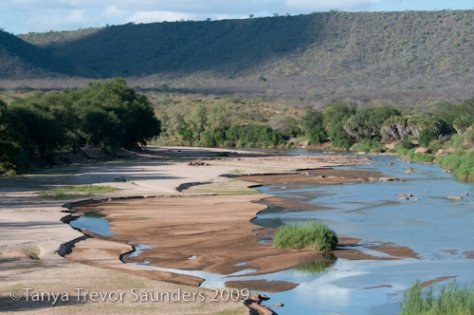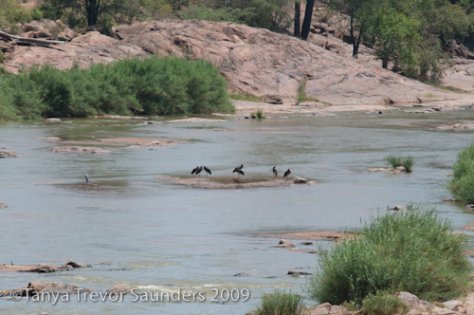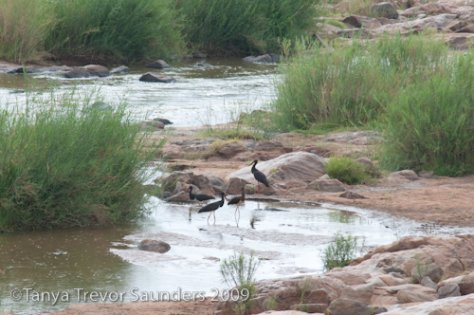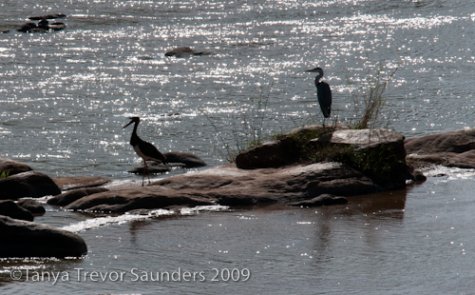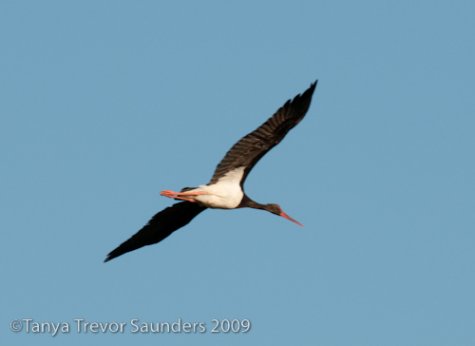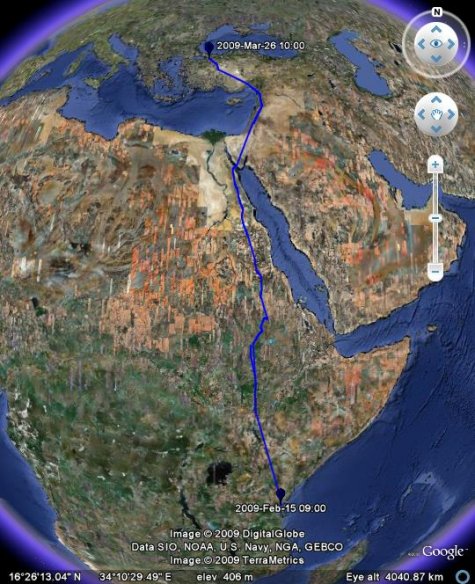New Cameras
Black Stork Raivo’s Wintering and Spring Migration
Text: Urmas Sellis
Images: Tanya Trevor Saunders
Map: Google Earth
Reports of the black storks’ migration have somehow come to a standstill. But our laziness has not in any way affected their migration. Let’s begin with the black stork who has carried his backpack the longest.
Raivo, the male bird who nests in Lääne-Virumaa County, showed us his migration route for already the third time. Every year his routes have been quite similar: the end of August from Estonia to Israel, departing there the second half of December to the southern tip of Kenya and into Tanzania, with mid February seeing him back in Israel and then on to Estonia.
From the southern part of Kenya, Raivo made up to two-hundred-kilometer journeys into Tanzania and to the north toward the Yatta Plateau region. In the Yatta Plateau region, at the border of the Tsavo National Park, lives the nature enthusiast Tanya Trevor Saunders, who is acquainted with our black storks. Tanya has permitted us to use her photograph of the black storks’ wintering- and feeding grounds at the Athi River. Raivo hasn’t made it in front of Tanya’s camera, but these photos will give you a very good depiction of Raivo’s this year’s wintering grounds in Kenya and Tanzania.
Broad view of the Athi River in mid winter
Black storks sometimes appear at Tanya’s place as early as September, but more commonly in January and February.
Seven black storks resting in the center of the river
Looking for food in shallow water
Good feeding grounds have to be shared with other fishermen, the gray heron for example
Occasionally, it’s useful to assess the situation from higher up
Tanya records her observations about nature near her home and illustrates them with excellent pictures on her homepage:
We recommend taking the time to read it!
According to Tanya, this year’s winter weather in southern Kenya has been unique, and because of the drought, Raivo’s behavior has been a bit different from previous years.
Raivo’s spring migration began this year on the 15th of February in Tanzania and his last locations we received yesterday, placing him at the Bosporus Strait. Raivo has probably reached Europe by now.







